How to bleach yellowed plastic in a washing machine?
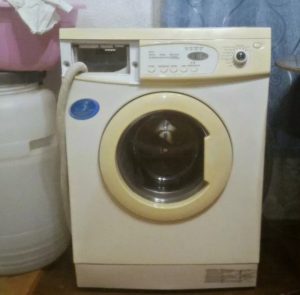 Over time, a white washing machine may turn yellow due to high humidity, temperature changes, irregular cleaning and low-quality materials. If the machine is built-in and the unit is “hidden” behind the facade, then there is no problem; in the case of free-standing equipment, cleaning is necessary. We suggest you figure out how to bleach yellowed plastic in a washing machine and how safe it is. Let's describe the best methods.
Over time, a white washing machine may turn yellow due to high humidity, temperature changes, irregular cleaning and low-quality materials. If the machine is built-in and the unit is “hidden” behind the facade, then there is no problem; in the case of free-standing equipment, cleaning is necessary. We suggest you figure out how to bleach yellowed plastic in a washing machine and how safe it is. Let's describe the best methods.
The most effective way
The method of bleaching yellowed plastic is chosen depending on the scale of the problem. If almost the entire body of the washer is “decorated” with yellow spots, then it is better to abandon ordinary household chemicals and choose the “heavy artillery” - hair lightener. The treasured jar can be bought at any hardware store that sells women's hair dyes. The best option: a product for blondes labeled Oxygen 12% from the Estel brand. The higher the specified concentration of the composition, the more effectively and quickly the yellowness will be removed.
A brightener labeled Oxygen 12% from the Estel brand effectively whitens yellowed plastic.
In addition to the clarifier, you will need cling film, tape and an ultraviolet lamp. The latter is optional, but without it the whitening process will take 24 hours. Before starting the procedure, we prepare the surface of the machine for the upcoming cleaning.
- Rub a piece of laundry soap with a concentration of 72% on a coarse grater.
- Prepare a cleaning solution: mix grated soap, a little boiling water, 10-20 ml of any dish gel, for example Fairy, and bring to a pasty consistency.
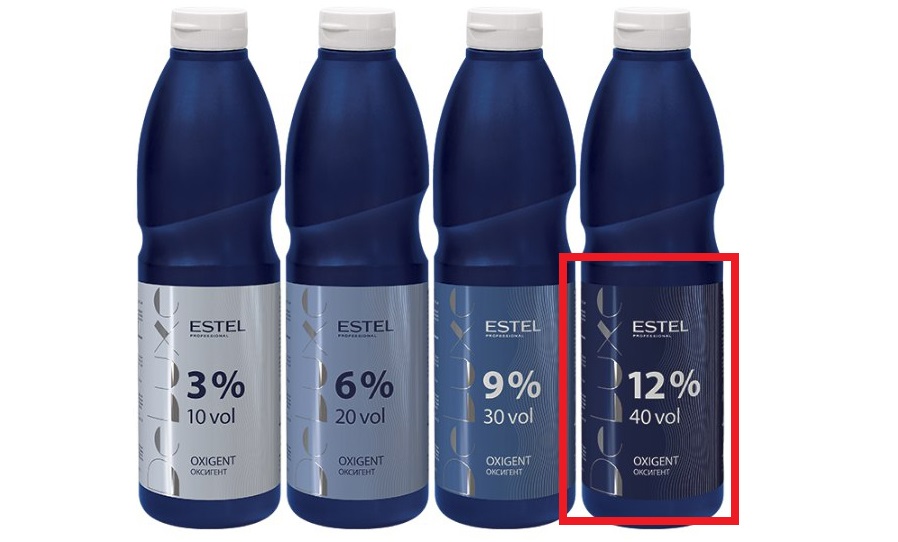
- Dip a soft sponge into the prepared slurry, apply the product to the yellow spots of the washer and leave for 30-40 minutes.
- After half an hour, remove the product with a damp cloth.
- We wait until the surface dries.
- Open the jar of clarifier, add 2-3 drops of ammonia to it and mix (you can do it without alcohol, but they say the product works more efficiently this way).
- We wait until the chemical reaction (hissing) stops, and then apply the cleaner with a soft brush to the areas affected by yellowness.
- We cover all treated areas with two layers of film, securing with tape.
- We warm up each area with a UV lamp, holding it over the film for several minutes.
When using a lightening lamp, 2 hours is enough, but if it is not available, you must leave the product on the body for at least a day. Afterwards, the film is removed and the result is assessed: the bulk of the yellowness should disappear. Sometimes a certain amount of yellow spots remain, but it is easier to remove them, since it is enough to treat them with ammonia or other bleach once.
Cleaning and detergents
If the plastic on the washing machine has slightly yellowed in spots, then you should start with a comprehensive cleaning of the body. You will need ordinary detergents: soap, powder, soda or dish gel. As a rule, it is recommended to carry out the procedure as follows:
- lather a sponge, soft brush or cloth with cleaning agent;
- thoroughly rub the yellowish surface;
- leave the foam on the body for at least 10-15 minutes;

- wash off the product with water or a damp cloth;
- Wipe dry with a towel.
Before bleaching, the body of the washing machine must first be cleaned of dust and grease deposits.
This way the surface will be cleaned of grease, dust, dirt and yellowish deposits.If the rust has become deeply ingrained, then this step will become the initial stage of cleaning, after which you can approach more effective measures and means.
The small removable plastic parts of the washer, the powder receptacle or the lid, can be bleached by soaking in a cleaning solution. Dissolve a tablespoon of powder and soda in a liter of warm water, and then immerse the objects in the resulting soapy liquid for at least 10 hours. Then the plastic is washed and wiped dry.
Vinegar and bleaches
Vinegar and bleaches can clean the washer body even from stubborn yellow stains, but their use is allowed only if precautions are taken. We must not forget that acids and alkalis emit toxic fumes, and if they come into contact with the skin, they cause burns and allergic reactions. Therefore, it is necessary to work with them only in a ventilated area and wearing personal protective equipment.
When using vinegar and chlorine-containing bleaches, ensure adequate ventilation and rubber gloves!
We also remember about the dosage. In their pure form, bleach and bleach are not applied to plastic; it is necessary to dilute the product in the proportion of 1 tablespoon per liter of water. The resulting solution is used to clean the case or soak removable plastic elements. In the latter case, you will have to wait at least 10-12 hours.
Vinegar can be used to clean small stains. We soak a rag or napkin in acid, and then treat the yellowed areas. There is no need to wait - the product acts instantly, after which it is immediately washed off with water. The main thing is to remember about ventilation and rubber gloves.
Peroxide will help
Hydrogen peroxide is also famous for its whitening effect.True, peroxide only works when there is slight yellowing of the plastic, since the pharmaceutical version is not highly concentrated. The cleaning procedure is simple:
- moisten a rag with the product;
- We wipe all yellowed areas of the body.
One-time cleaning will not be enough - you need to repeat the procedure at least 3-5 times. If the yellowness does not go away, then you should strengthen the composition with a spoonful of hair lightener per liter of water and a spoonful of peroxide. We treat the surface with the resulting solution and evaluate the result. Gloves are required!
Other household chemicals
Perhydrol, a peroxide with a concentration of 30% or more, has proven itself to be excellent in removing yellowness. It is sold in pharmacies in the form of tablets or a ready-made solution. In the first case, you must first dilute it with water, according to the instructions, and in the second, you can immediately begin cleaning. In any case, you should remember safety measures: work in a ventilated area, wear gloves and avoid contact with eyes and mucous membranes. It’s easy to use: soak a sponge in the product, treat stains and rinse with water.
Perhydrol must not be heated - the liquid is explosive and toxic!
Perhydrol can be strengthened by adding bleach or stain remover to 2 tablespoons of 30 percent liquid per liter of water. The cleaning procedure is the same: apply to a rag, and then treat the affected areas of the plastic, rinse and dry. The main thing is to remember safety precautions and work only with thick rubber gloves.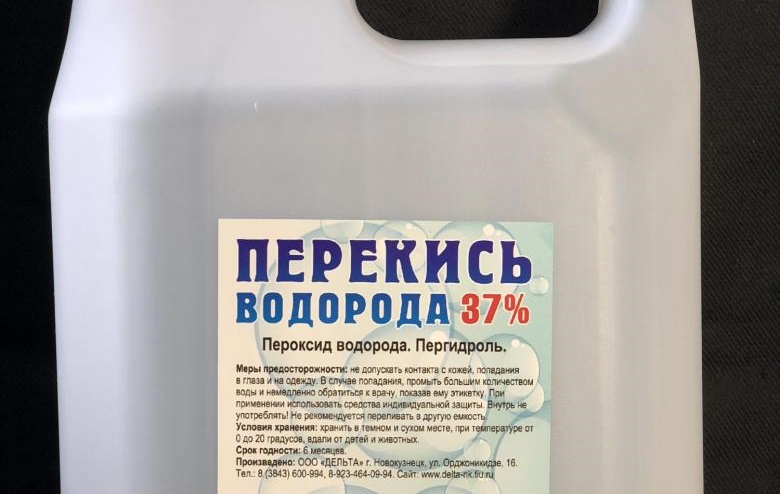
Acetone is a very effective cleaner, but is harmful to some plastics. It is better to first check the reaction on an inconspicuous area of the case, and, if nothing is wrong, proceed with a comprehensive cleaning. We act with active movements, moving from top to bottom, and then wash off. Here it is also important to think about safety: safety glasses, ventilation and thick gloves.
Factory drugs
You don’t have to take risks with alkalis and acids, but choose a safer alternative – industrial plastic cleaners. They are available in the form of pastes, creams, foams and sprays, promising both high-quality cleaning and subsequent surface protection. Thus, some products are capable of creating a thin protective film on the case with a dust- and water-repellent effect.
Expensive compounds have a polishing effect, removing small scratches, roughness and unevenness. The main thing is to carefully read the instructions before use. The required dosage and cleaning regimen are indicated there.
Interesting:
Reader comments
- Share your opinion - leave a comment
Categories
Washing machine repair


For buyers

For users

Dishwasher


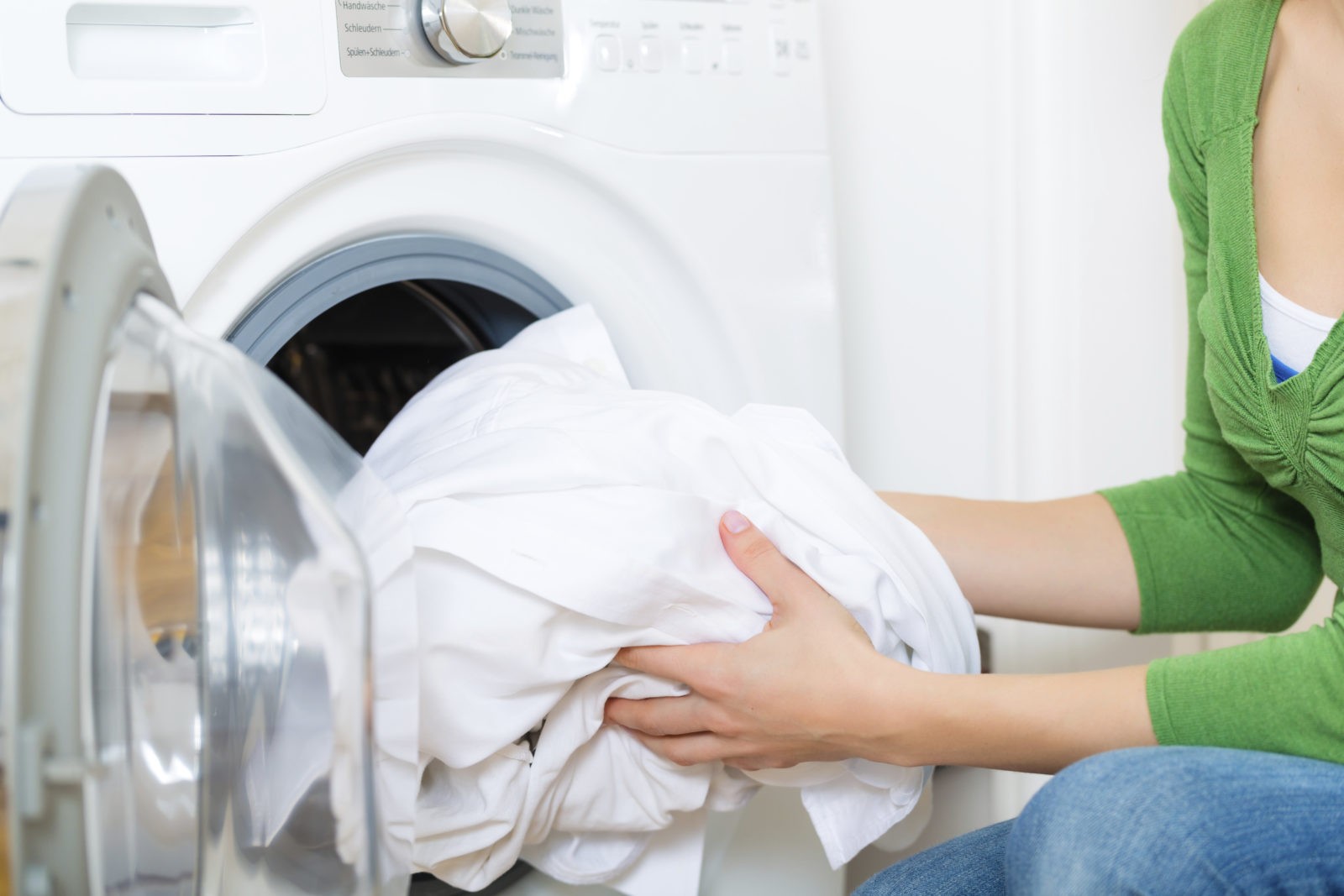

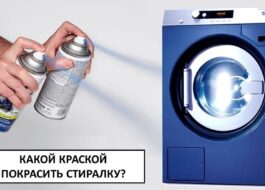












Add a comment